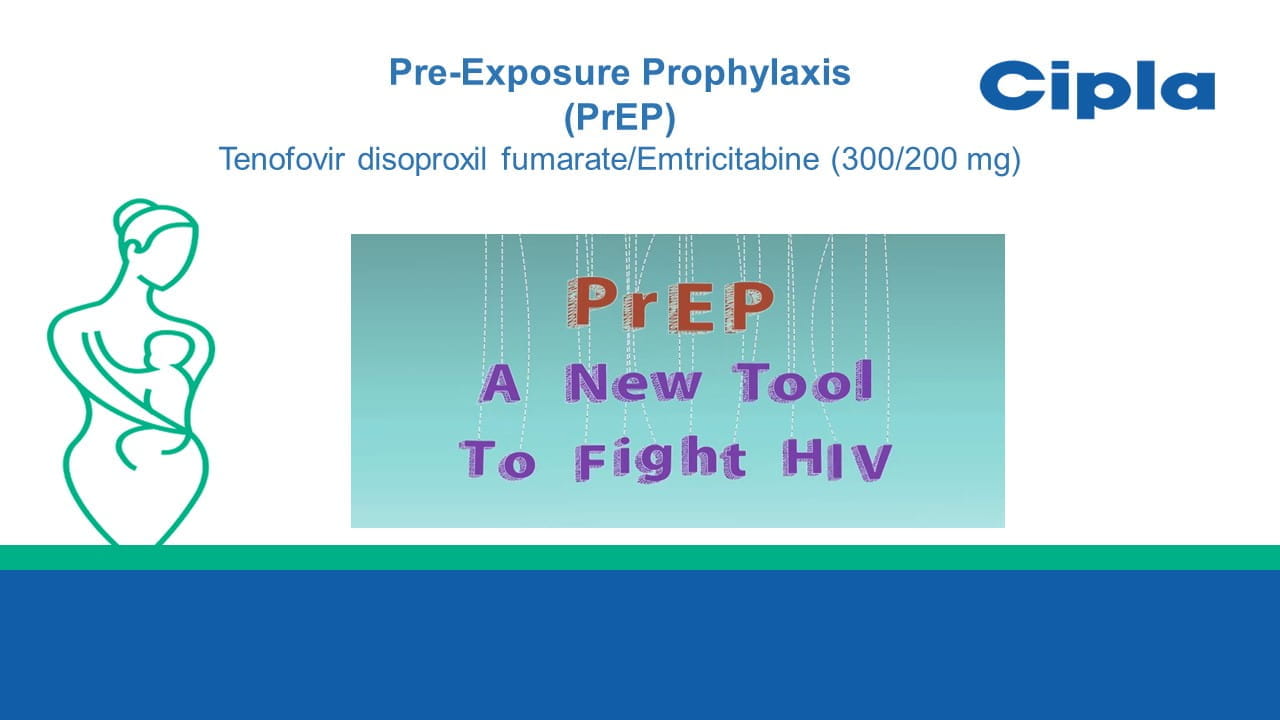Speaker: Ian Frank
The study assessed the safety and efficacy of a human immune-deficiency virus (HIV) vaccine combining polyvalent DNA with matched polyvalent envelope glycoproteins (gp)-120. Findings showed the vaccine was safe, eliciting strong binding antibody responses to multi-clade gp120/gp140 and V1V2 antigens, along with robust antibody-dependent cellular cytotoxicity (ADCC) and a cluster of differentiation-4 (CD4+) T-cell responses. The binding antibody responses were more potent than those from other vaccines. The vaccine was more immunogenic when administered as a Deoxyribonucleic Acid (DNA) prime followed by a protein boost rather than co-administration of the study products. These results indicate that vaccines inducing binding antibodies or other functional antibody responses could be crucial in developing an effective HIV vaccine.
Most HIV vaccine trials have evaluated combinations of a DNA or viral vector priming immunogen with a protein vaccine. In this study, the HIV Vaccine Trial Network played a pivotal role, testing unmatched sequences from one or two virus subtypes. They evaluated the safety and immunogenicity of a combination of a polyvalent multi-DNA clade vaccine and a protein vaccine, with the DNA sequences matching the gp120 proteins. This trial followed a previous study of a polyvalent DNA protein vaccine, which had elicited high titer antibodies but was stopped due to safety concerns.
The study utilized immunogens consisting of DNA encoding four gp120 antigens from subtypes A, B, C, and A/E, as well as the subtype C gag. These proteins included the four gp120 antigens with matching sequences adjuvanted by Toll-like receptor 4 agonist glucopyranosyl lipid adjuvant formulated in a stable emulsion (GLA-SE). The selection of vaccines followed an optimization experiment that evaluated 62 gp120 immunogens from primary HIV-1 isolates. The vaccine trial had two parts. Part A assessed the safety of the protein vaccine after two doses. Following a safety pause, Part B randomly assigned participants to two groups. One group received the vaccine using a prime-boost strategy: DNA at baseline, and months one and three, followed by the protein vaccine at months six and eight. The other group received DNA and protein together at each specified time point.
The trial included 60 participants: 57% were assigned female at birth, 28% non-white, and 3% Hispanic or Latino. The median age was 26.5 years. Safety data was collected for all participants who received at least one vaccination. Immunogenicity data focused on part B participants who completed the vaccine series and had specimens available two weeks after the final immunization at month 8.5.
The study found no cases of vasculitis or delayed hypersensitivity and no severe or life-threatening clinical events. Although reactogenicity was common, it was typically mild. Among 11 clinical events, none were serious. Immunoglobulin-G (IgG) responses to autologous gp120 antigens from the vaccine and a heterologous panel of 13 envelope antigens were evaluated. All participants in the prime-boost arm responded to each antigen, except one who did not respond to a clade B antigen. High-level antibody titers were observed, with responses to heterologous envelope proteins matching those to autologous envelope proteins. For nine of the heterologous envelopes, prime-boost participants showed a higher response than with co-administration.
The study assessed responses to 16 V1V2 antigens, finding variability but consistent responses to 12 antigens among prime-boost participants. Two antigens elicited stronger responses in the prime-boost group than in the co-administration group. A post hoc analysis examined IgG and IgG3 responses to two V1V2 antigens in vaccines undergoing efficacy trials. These responses were linked to HIV protection, although the trials did not demonstrate effective protection. Prime-boost recipients were compared with participants from the Army-led Thai HIV vaccine efficacy (RV144), the HIV Vaccine Trials Network (HVTN) 702, and HVTN 705 trials, showing higher IgG and IgG3 titers in this study than in the others, which included three different vaccine types.
They evaluated antibody-dependent cellular cytotoxicity responses using two assays showing robust responses. Participants in the prime-boost arm had higher responses than those vaccinated concomitantly. All prime-boost participants exhibited CD4 T-cell responses to envelope antigens with interferon or interleukin-2 expression, while only five of thirteen in the co-administration group did. Polyfunctional analyses of six markers indicated higher response levels in the prime-boost arm when including interferon-ϒ.
In conclusion, the vaccine was safe and generated high antibody titers, reacting to a wide variety of HIV subtypes. It was believed that these results needed to be confirmed with a larger, more diverse population.
The 25th International AIDS conference (AIDS 2024). 22nd-26th July, Munich, Germany




